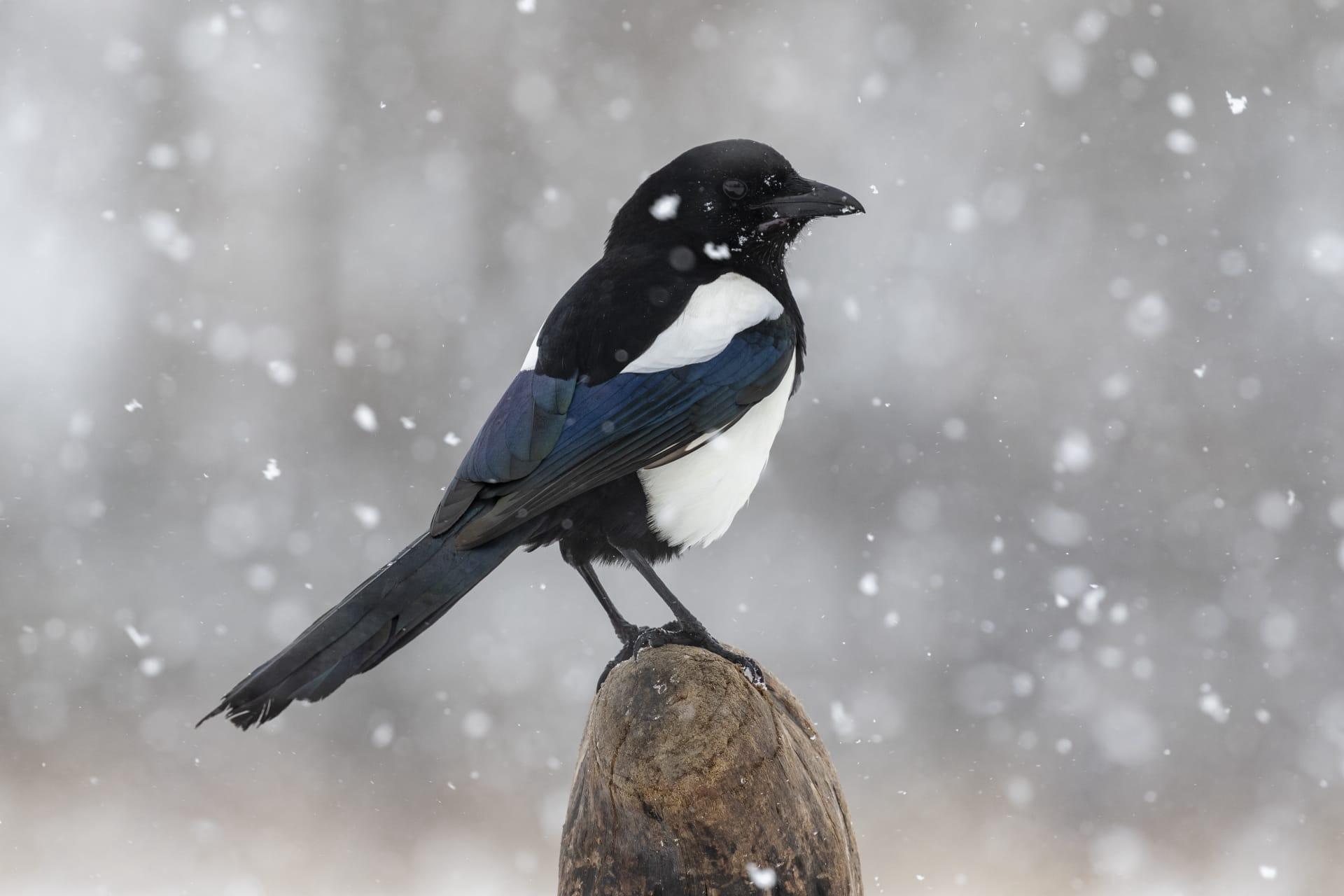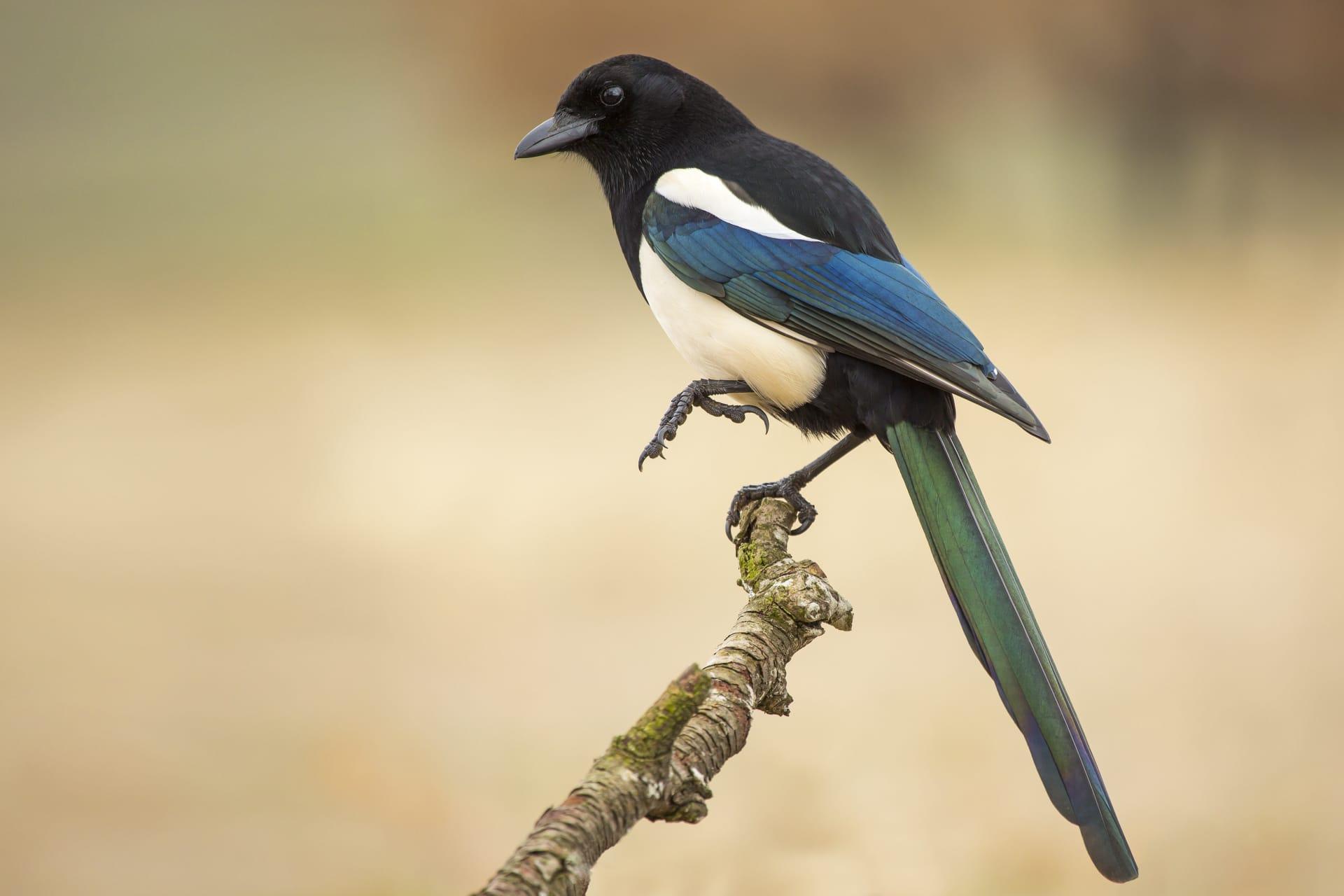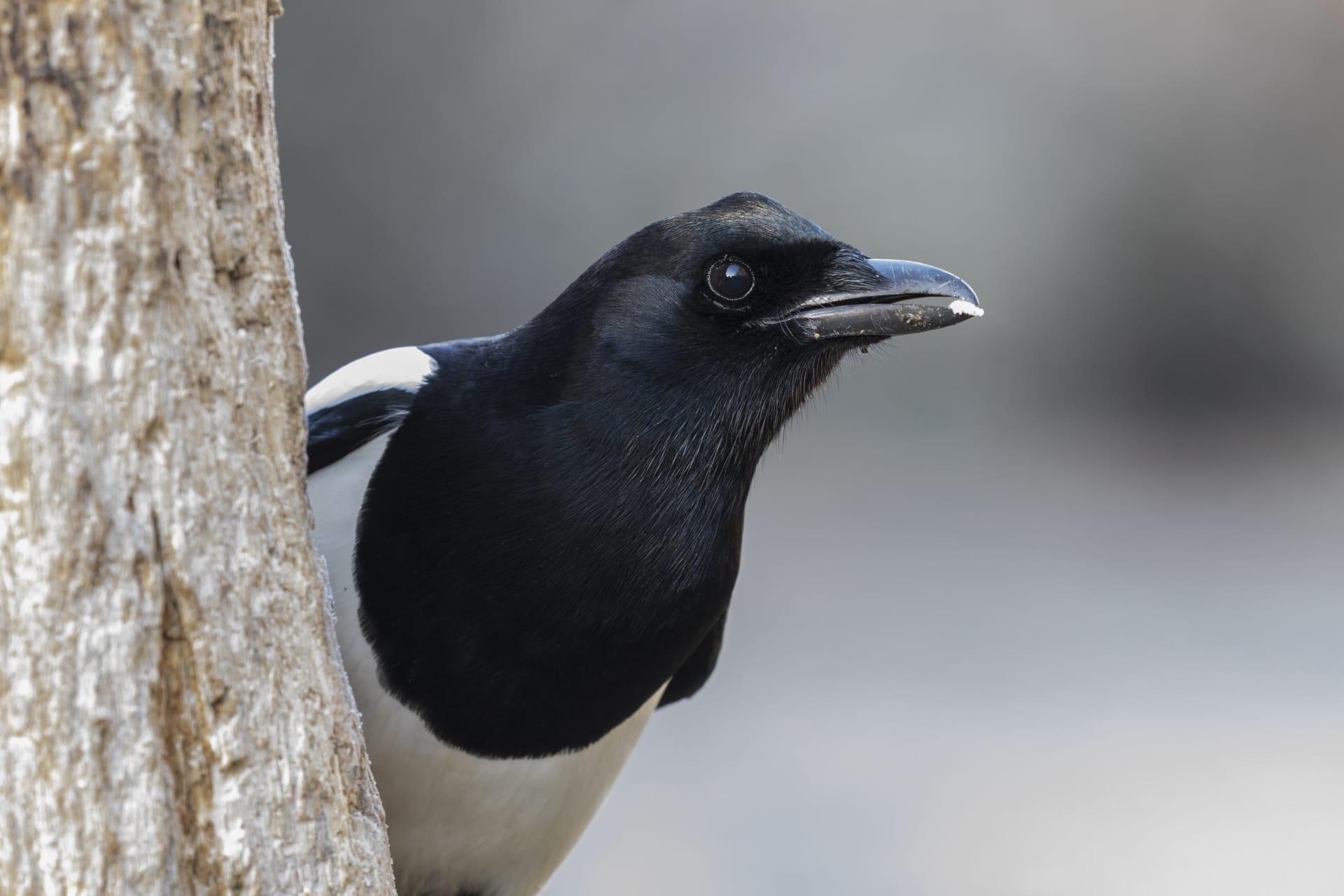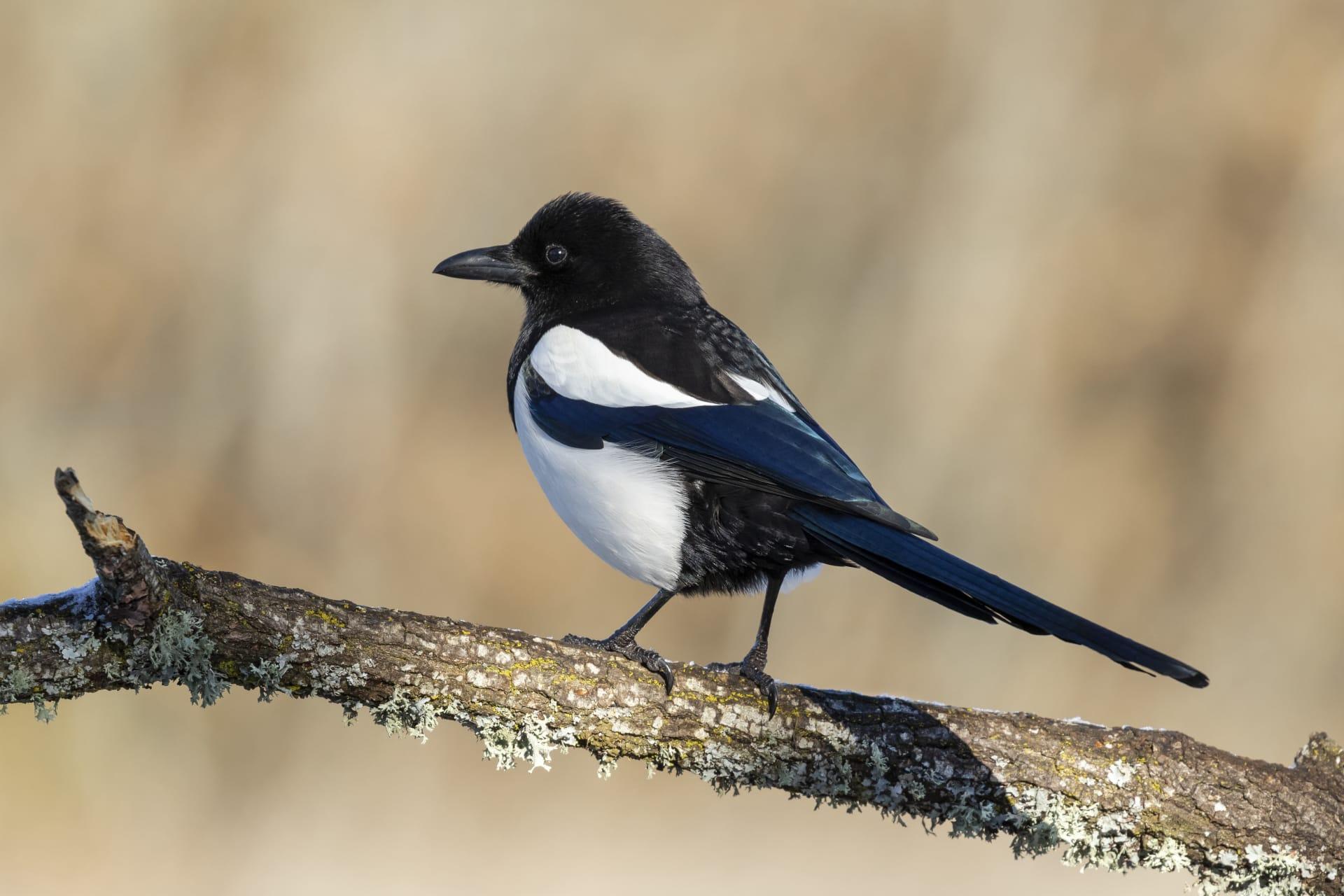Magpie
- Home /
- Mini Encyclopedia /
- Animal /
- Magpie
1
Magpies, known scientifically as members of the genus Pica, are a striking part of the corvid family, which also includes crows and ravens. These birds are easily recognizable by their long tails and contrasting black and white plumage. The genus Pica is further divided into several species, each with its unique features. For instance, the Eurasian Magpie (Pica pica) is widespread and known for its intelligent behavior, while the Black-billed Magpie (Pica hudsonia) is distinct for its predominantly black bill.
Magpies have a vast geographical distribution, thriving in diverse habitats across the Northern Hemisphere. The Eurasian Magpie, for example, is found extensively throughout Europe and Asia, adapting to both rural and urban environments. In contrast, the Black-billed Magpie is primarily located in North America, particularly in the central and western regions. This widespread distribution of magpies showcases their adaptability to various climates and ecological settings, ranging from temperate woodlands to grasslands.

2
Question: Do magpies steal shiny objects?
Answer: This is a common myth about magpies, but research suggests otherwise. Studies have shown that magpies are actually scared of new and unfamiliar objects, including shiny ones. A study by the University of Exeter found that magpies often avoid items like rings or shiny metal, contrary to the popular belief that they are attracted to and steal such objects. This misconception likely arose from occasional observations of curious magpies inspecting shiny objects, but it's not a habitual behavior or a driving factor in their natural activities.

3
Magpies have developed several unique survival strategies to thrive in their environments. One notable behavior is their complex social structure. Magpies are highly social birds, often seen in groups, which helps in foraging and protection against predators. Their intelligence, part of the broader corvid family trait, plays a crucial role in their survival. Magpies have been observed using tools, solving problems, and having a strong memory, crucial for locating food sources and avoiding danger.
Another strategy is their varied diet. Magpies are omnivores, feeding on a wide range of foods, from insects and small mammals to fruits and seeds. This dietary flexibility allows them to adapt to different environments and food availabilities. They also exhibit a behavior called caching, where they store food items to consume later, an essential strategy during scarce periods.

4
In ecosystems, magpies play a multifaceted role. As omnivores, they help control populations of insects and small rodents, thus maintaining a balance in their habitats. This predatory behavior is crucial in keeping the ecological equilibrium, preventing overpopulation of certain species.
Magpies also contribute to seed dispersal. By consuming fruits and then excreting the seeds in different locations, they aid in the spread of various plant species, contributing to biodiversity. Additionally, their role as both prey and predator adds to the complexity of food webs in their ecosystems, making them integral components of their ecological communities.

5
Film: "The Secret Life of the Magpie," a documentary produced in the United Kingdom in 2021, delves into the complex world of magpies. The film captures their social behavior, intelligence, and adaptability, providing a detailed insight into their everyday life in various environments from urban settings to wild landscapes.
Book: "Magpies: The Intelligent Bird" by John Marzluff, published in the United States in 2019, explores the cognitive abilities of magpies. Marzluff, an ornithologist, combines scientific research with engaging narratives to illustrate the intelligence and adaptability of these birds.
Book: "In the Company of Magpies" by Ann Eriksson, published in Canada in 2020, takes a different approach by blending natural history with personal observation. Eriksson provides an intimate look at the life of magpies, focusing on their behavior, role in folklore, and their relationship with humans, enriching the reader's understanding of these fascinating birds.